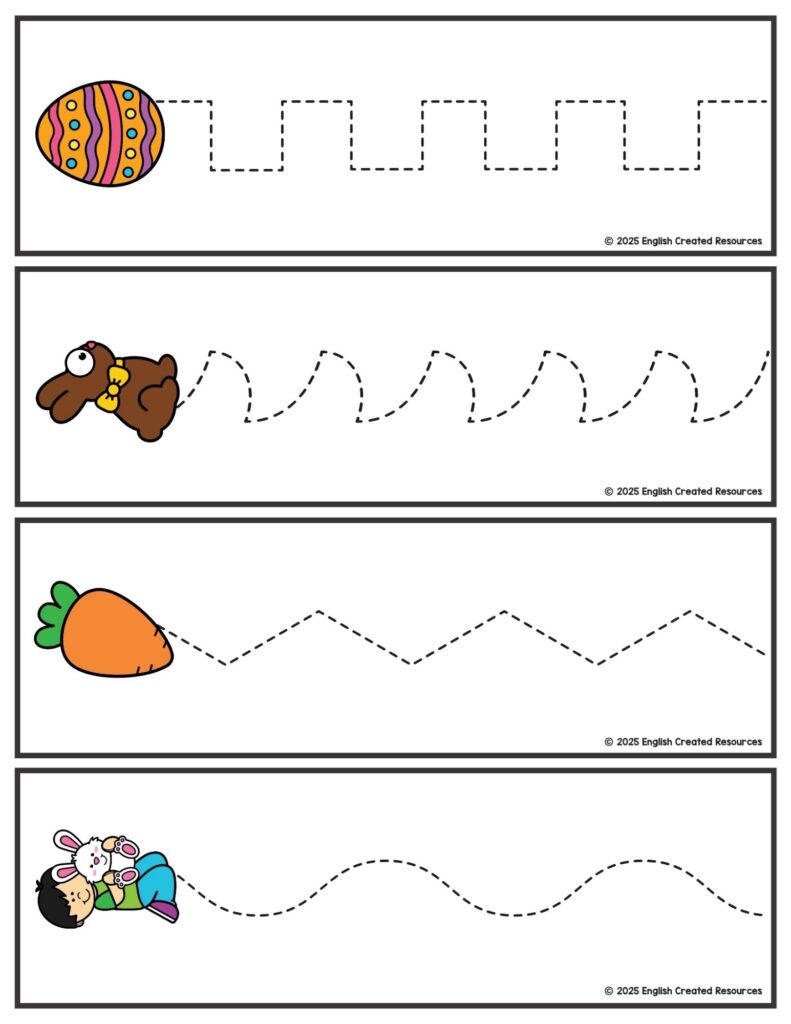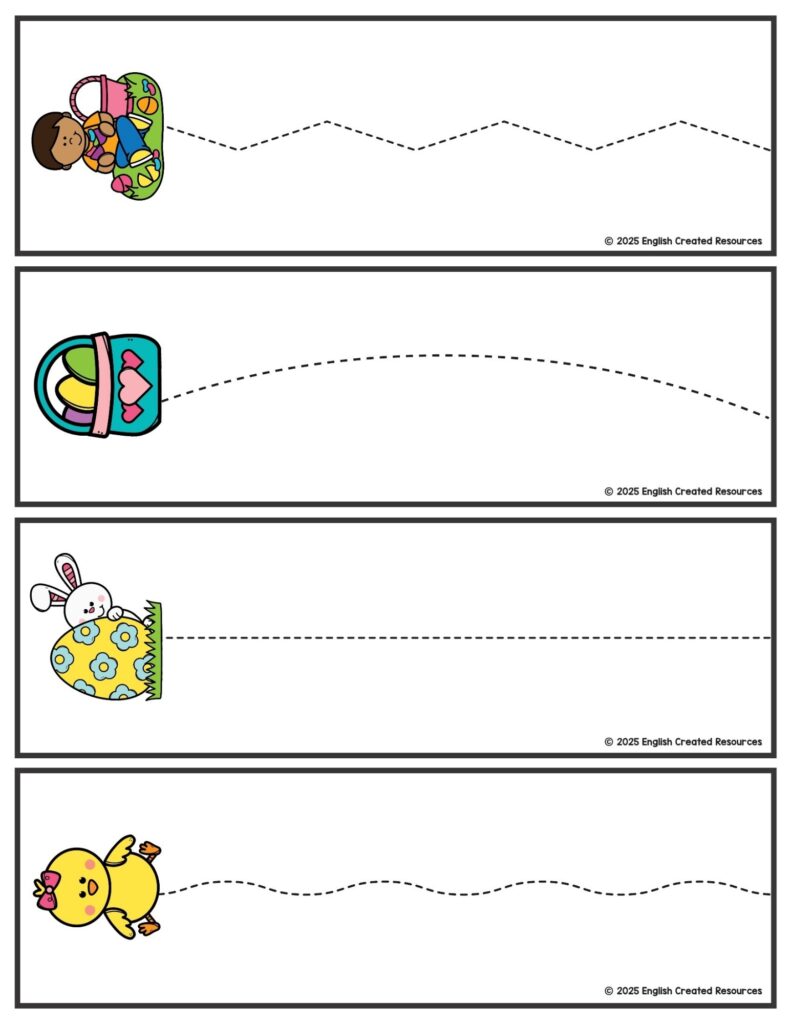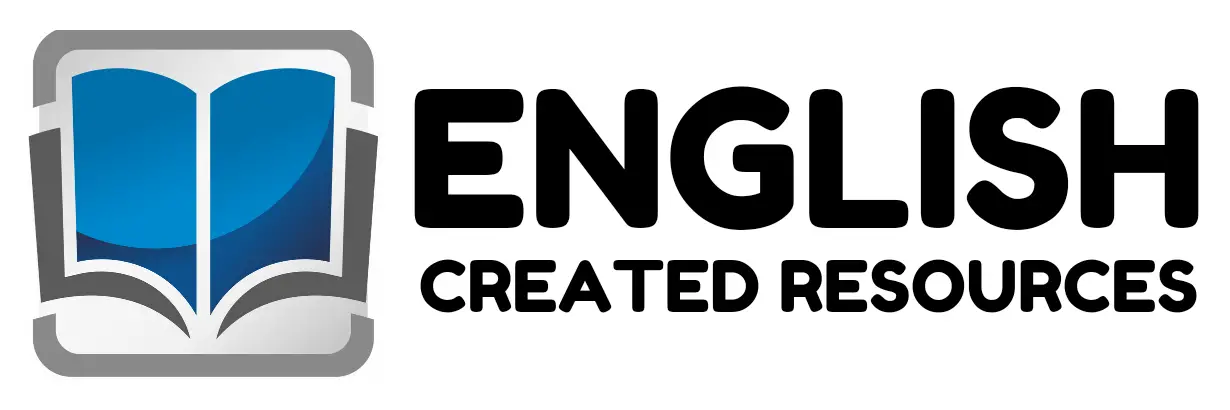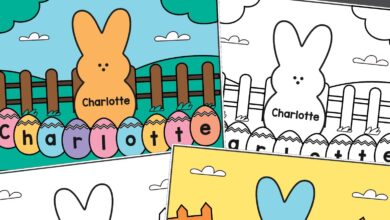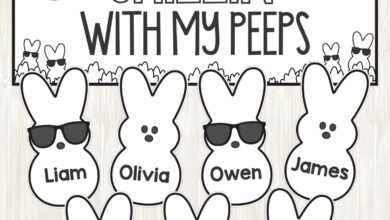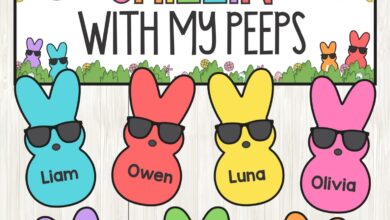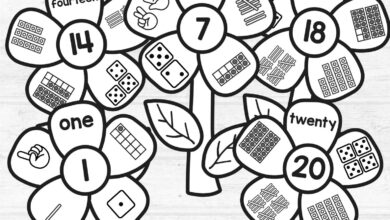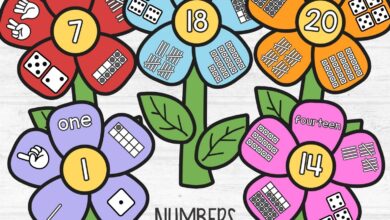Easter Tracing Strips
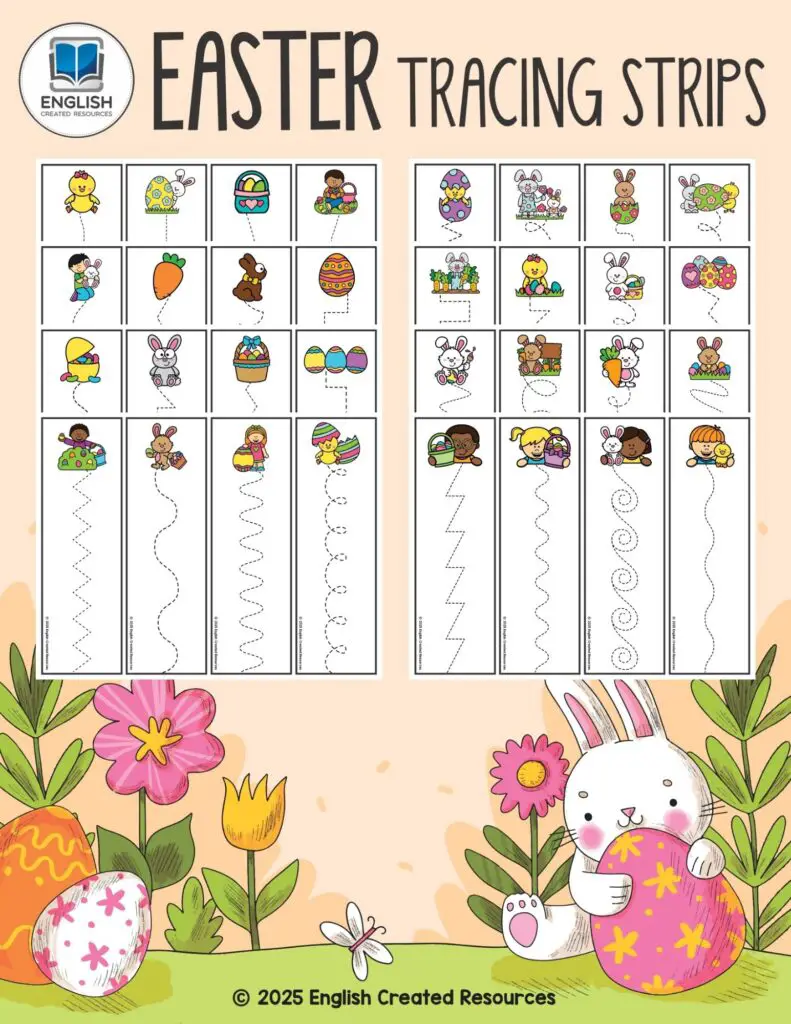
Easter Tracing Strips
Preschool is a foundational stage in a child’s development. It is during these early years that children begin to develop the fine motor skills, cognitive abilities, and early literacy and numeracy skills that will shape their educational journey. One valuable tool that educators and parents can use during this stage is tracing strips, especially themed ones like Easter tracing strips. These festive, skill-building activities combine seasonal excitement with essential learning, making them both fun and educational. Their use in the preschool setting holds great importance for a variety of developmental reasons.
1. Development of Fine Motor Skills
One of the primary benefits of Easter tracing strips is the enhancement of fine motor skills. Tracing requires children to hold a pencil or crayon properly and follow a specific path. This strengthens the small muscles in their fingers, hands, and wrists, which are essential for writing, cutting with scissors, and other day-to-day tasks. The repetitive motion of tracing lines, curves, and shapes on Easter-themed strips helps children gain control over their hand movements. Over time, this leads to improved pencil grip and greater hand-eye coordination.
2. Pre-Writing Skill Development
Before children can write letters and words on their own, they need to understand how to control writing tools and form basic shapes and lines. Easter tracing strips serve as a fun and engaging bridge to writing. These strips often feature patterns such as straight lines, zigzags, curves, and shapes that mimic letter forms. Tracing these patterns helps children internalize the motions they will later use when writing letters, which supports their transition from scribbling to structured writing.
3. Reinforcement of Thematic Learning
Using Easter-themed tracing strips allows educators to introduce and reinforce holiday themes in a way that feels fresh and enjoyable. As children trace along images of Easter eggs, bunnies, chicks, and baskets, they are simultaneously becoming familiar with symbols of the season. This helps create an immersive learning environment and deepens their understanding of holidays and traditions. Themed learning also keeps children engaged and excited, increasing their motivation to participate in activities that support academic growth.
4. Enhancement of Focus and Concentration
Tracing may seem simple, but it requires a significant amount of focus and attention, especially for preschoolers who are just learning to follow instructions. When children engage in tracing activities, they must concentrate on staying within the lines, completing the task, and controlling their hand movements. This practice builds their attention span and helps them develop patience and perseverance, which are important skills for future academic success.
5. Introduction to Early Literacy Concepts
Many Easter tracing strips incorporate letters and words along with images, providing an early introduction to literacy. Children may trace the letters of holiday-related words like “Easter,” “bunny,” “egg,” and “spring.” As they do, they begin to associate the visual symbols of the alphabet with the sounds they represent. This not only supports letter recognition but also introduces vocabulary in a fun, memorable context.
6. Boosting Confidence and Independence
As children complete tracing strips and see their progress, they develop a sense of accomplishment and pride in their work. This boosts their confidence and encourages them to take on more challenging tasks. Tracing is often a task that young children can do successfully with minimal help, which promotes independence and a positive attitude toward learning.
7. Opportunities for Creative Expression
Easter tracing strips can also be used as a springboard for creativity. Once children have completed the tracing activity, they can color in the designs, add decorations, or create their own versions of the patterns. This encourages creative thinking and personal expression, both of which are crucial aspects of early childhood development.
8. Easy Integration into Daily Routines
Easter tracing strips are easy to prepare and incorporate into the preschool classroom or home routine. They require minimal materials, are cost-effective, and can be used in a variety of settings—from quiet individual work to group learning centers. Their simplicity makes them an ideal tool for educators and parents looking to reinforce learning in a practical and enjoyable way.
Easter tracing strips are more than just a seasonal activity—they are a meaningful and multifaceted educational tool for preschool children. They support fine motor development, early literacy, concentration, and thematic understanding, all while making learning fun and engaging. By incorporating these tracing strips into the preschool curriculum, educators and parents provide young learners with the foundational skills they need to thrive in school and beyond. Through such hands-on, holiday-themed activities, children not only prepare for academic success but also build lasting positive associations with learning.
Samples From the Strips
